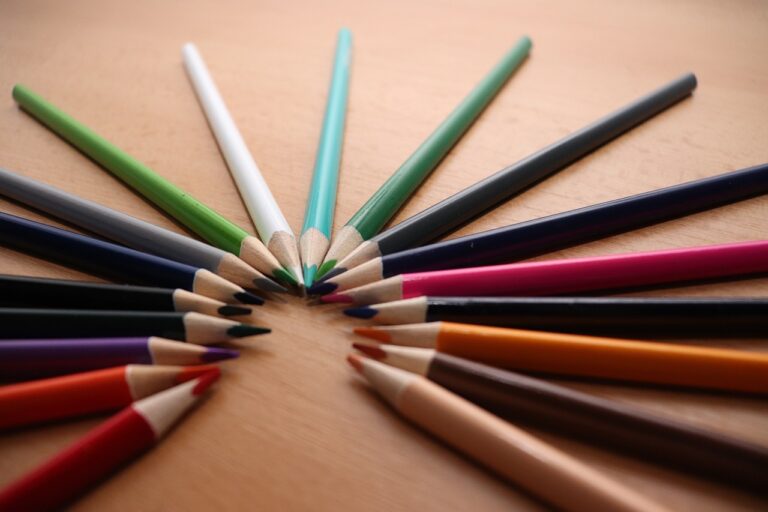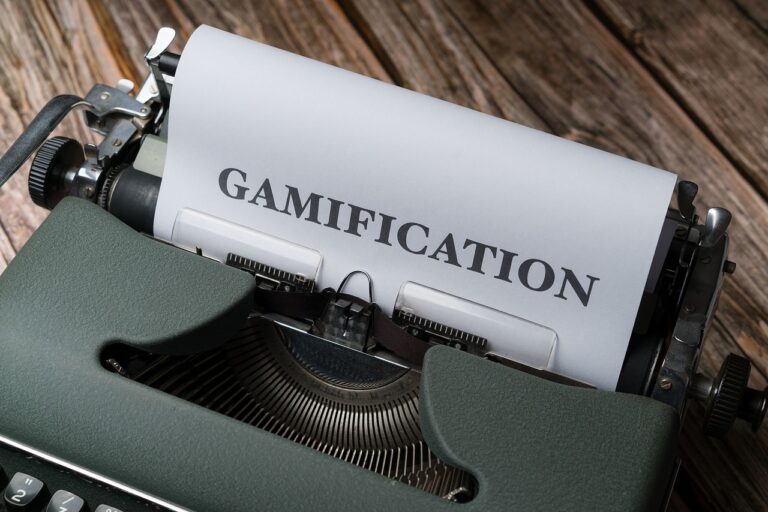Leveraging Technology for Universal Design for Learning (UDL)
Technology has revolutionized the landscape of education by providing students and educators with innovative tools and resources to enhance the learning experience. By incorporating technology in the classroom, educators can reach a wider audience, personalize learning experiences, and cater to diverse learning styles. This dynamic approach not only fosters active engagement among students but also facilitates collaboration and communication, paving the way for a more interactive and enriched educational environment. Furthermore, technology allows for real-time feedback and assessment, enabling educators to track student progress effectively and tailor instruction to meet individual needs.
In addition to enhancing traditional teaching methods, technology in education fosters the development of essential 21st-century skills such as critical thinking, problem-solving, and digital literacy. Through the integration of educational apps, online resources, and interactive multimedia content, students are equipped with the tools to explore complex concepts, conduct research, and express their creativity. By leveraging technology, educators can create dynamic learning experiences that cater to diverse learners, fostering a more inclusive and equitable educational system. Ultimately, the benefits of technology in education extend beyond the confines of the classroom, empowering students to become adept digital citizens capable of navigating an increasingly technology-driven world.
Understanding Universal Design for Learning
Universal Design for Learning (UDL) is a framework that aims to provide all students, regardless of their abilities or challenges, with equal opportunities to learn. By incorporating principles of UDL in educational practices, instructors can create flexible learning environments that cater to diverse learning styles and preferences. This approach emphasizes the importance of offering multiple means of engagement, representation, and expression to meet the needs of every student.
One key aspect of UDL is recognizing the variability in learners’ preferences, abilities, and backgrounds. By understanding that students have different ways of processing information and demonstrating their understanding, educators can design instruction that is inclusive and accessible to all. UDL encourages educators to think beyond a one-size-fits-all approach and instead consider how they can provide multiple means of accessing content, engaging with materials, and demonstrating knowledge.
Incorporating Multiple Means of Representation
Utilizing various modes of representation in educational settings enhances the learning experience for all students. By presenting information in multiple formats such as visual, auditory, and kinesthetic, educators can cater to different learning styles and preferences. This approach not only accommodates students with diverse needs and abilities but also fosters a more inclusive and engaging learning environment.
When educators incorporate multiple means of representation, they provide students with more opportunities to make meaningful connections and deepen their understanding of the content. Visual aids, audio recordings, hands-on activities, and multimedia presentations can all help students grasp complex concepts and retain information more effectively. By embracing these diverse approaches to presenting information, teachers empower students to learn in ways that resonate with them personally, leading to improved learning outcomes and increased academic success.





